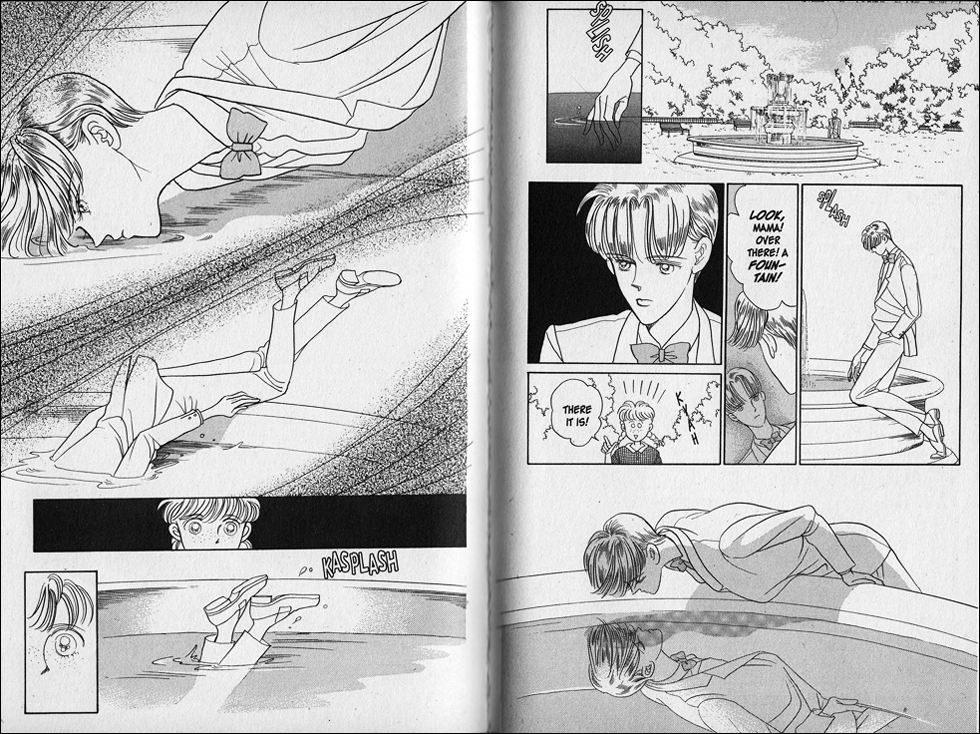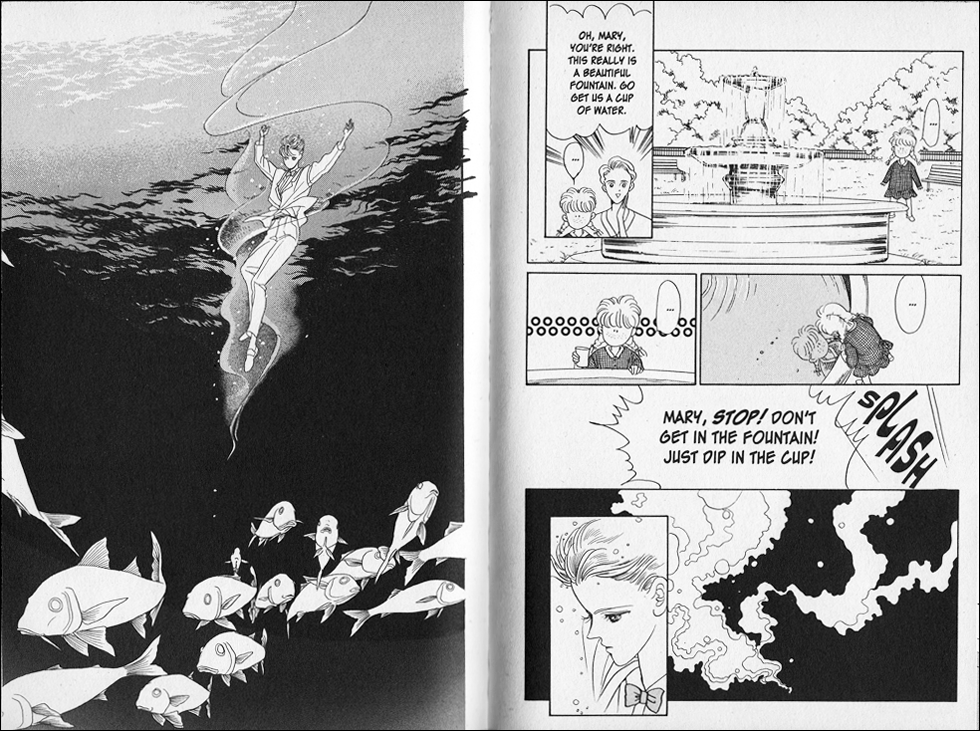As we near the end of my first full year at my new job, I’ve once again been finding more time to read and talk about manga (and hurray for that, I’d like to say). As a side-effect of that, my once music-centric Tumblr has seen an increase in manga-related posts and reblogs. This is mostly a perfectly fine thing, but given Tumblr’s fandom-heavy vibe, I think it’s safe to say that I must have experienced some kind of temporary loss of wits a week or so ago when I chose that as my venue for a brief rant on a popular(ish) manga ‘ship. Fortunately, Tumblr fans were fairly kind to me over the incident, but really, what was I thinking?
If you dared to click, you’ll know by now that my rant centered on a particularly destructive and tragic canon relationship between the two male leads of CLAMP’s Tokyo Babylon, and my lack of ability to understand why or how fans could actively ‘ship a pairing that was born pretty blatantly out of deception, cruelty, and (at best) sick curiosity. And I’ll admit that, though I now have a deeper understanding of their devotion to the ‘ship, I simply can’t get on board. As much as I love Tokyo Babylon (and I really, really love Tokyo Babylon), I’ll never be able to view Seishirou’s carefully calculated seduction of Subaru (and its significant collateral damage) as anything but horrible.
“Well, that’s just fine,” you say, “Judge McJudgy-pants.” And okay, I see your point. And before you add “hypocrite” under your breath, I’ll be the first to admit… YES. I have some pretty problematic ‘ships in my own catalogue. And even if maybe no part of them ever murdered anyone’s sister (ahem) I can’t deny that there are… issues. Really serious issues. Sometimes. Okay. Whatever. *sigh*
3 Problematic Relationships I Accidentally Love (or something like that):
1. Hachi/Nobu (NANA) – She’s a married lady (*@#!@^&#*^@&* Takumi grrrrrrr) whose poor judgement and inability to deal with romantic confrontation completely destroyed him and he’s a sweet but kind of codependent musician whose weakness and privileged upbringing will almost assuredly cause him to lose his current girlfriend (like it did with Hachi, whether he knew it or not). But even after all this time, and increasing unlikelihood that we’ll ever find out what really happens in this series, I CAN’T LET IT GO. Like Nobu, I’m always going to be hanging on to that tiny piece of hope, even when it’s obviously, irretrievably gone. And like Nobu, I’ll probably hate Takumi forever. Screw Hachi’s legal and emotional commitments. And… her children? GAH. Um. She belongs with Nobu. Damnit. Sorry, that’s just the way things are. Also, along these totally destructive and morally questionable lines? Shin/Reira. I ‘ship it. Sorry, I just do. Here, have some pictures:

2. Seth/Shonach (Moon Child) – This one is really tough for me, but there’s a part of me that can’t let it go. So. Seth is a genderless fish alien who has yet to mature into female mermaid form (yes, seriously, this is a thing), and Shonach is a freaking human jerk who fails to recognize the awesomeness he has at hand. It’s hard for me to admit that I ‘ship this pairing at all, because, well… from our discussion of the series: “… it really bothers me that his [Shonach’s] obsession with Benjamin’s [Seth’s sister] beauty (her beauty only—he doesn’t care about her as a person at all, really) keeps him from being able to appreciate the best parts of Seth, to the point that even at the end, when Seth has matured into a female, he can only see her as Benjamin. That the only expression of true affection Seth ever really gets from Shonach is when he believes she is Benjamin really breaks my heart.” Also, that my personal justification for the ‘ship (“because Seth wants it”) is pretty much exactly the same as one fan’s justification of her Subaru/Seishirou ‘shipping (“because Subaru wants it”) has not escaped my notice.

3. Ritsuka/Soubi (Loveless) – I can’t even really believe I’m putting this on the list, because not only is it just wrong on so many levels, but I don’t even want it as a romantic or sexual relationship. But the difference between this age-inappropriate ‘ship (Ritsuka: twelve; Soubi: … not twelve) and a few others I notably enjoy (Amu/Ikuto in Shugo Chara!, Alice/Rin in Please Save My Earth) is that, though it is the only one that is not explicitly romantic, it is by far the most sexualized, and there’s no getting around that. Yun Kouga does not let us get around that, as I’ve lamented many times. So I feel that to not include it on this list would be pretty dishonest. No, I don’t want to see Ritsuka and Soubi’s relationship become more romantic/sexual than it currently is. No, I am not even comfortable with what it currently is. Yes, I want them to be able to be together and stay together, whatever that means, because Soubi (especially) needs it—you know what, they both need it, and I’m sort of willing to accept that that’s probably awful. And. Yeah.
So there’s my own sort-of ‘shipping shame. What about you?


































